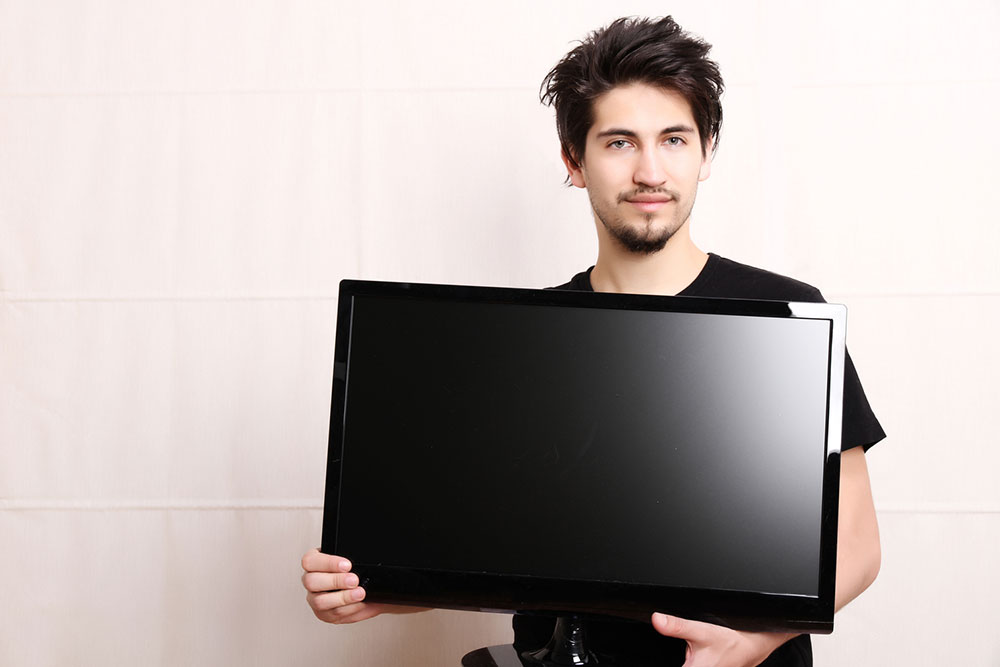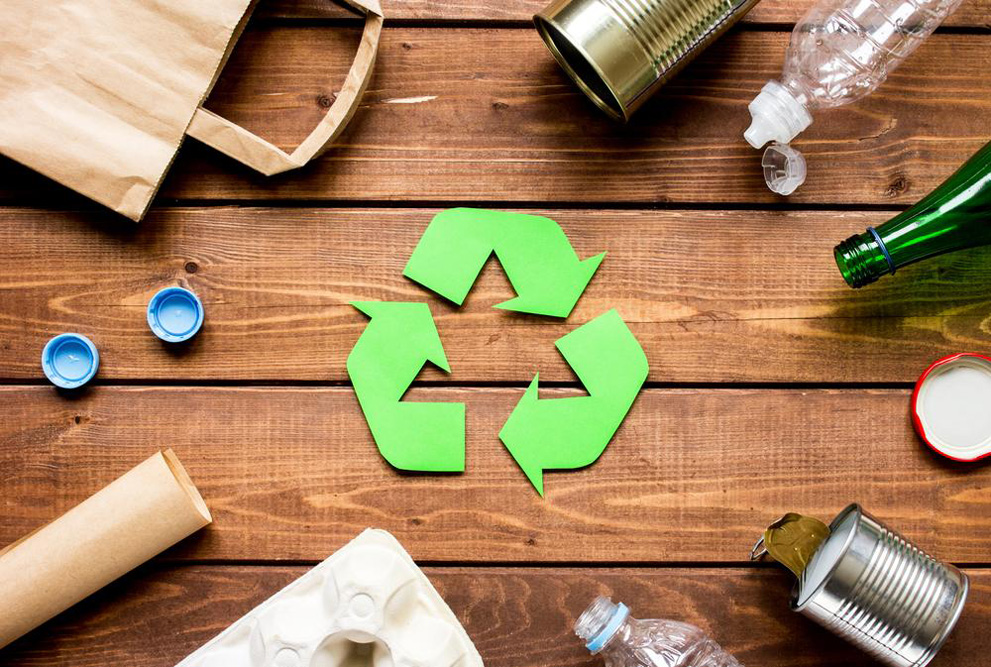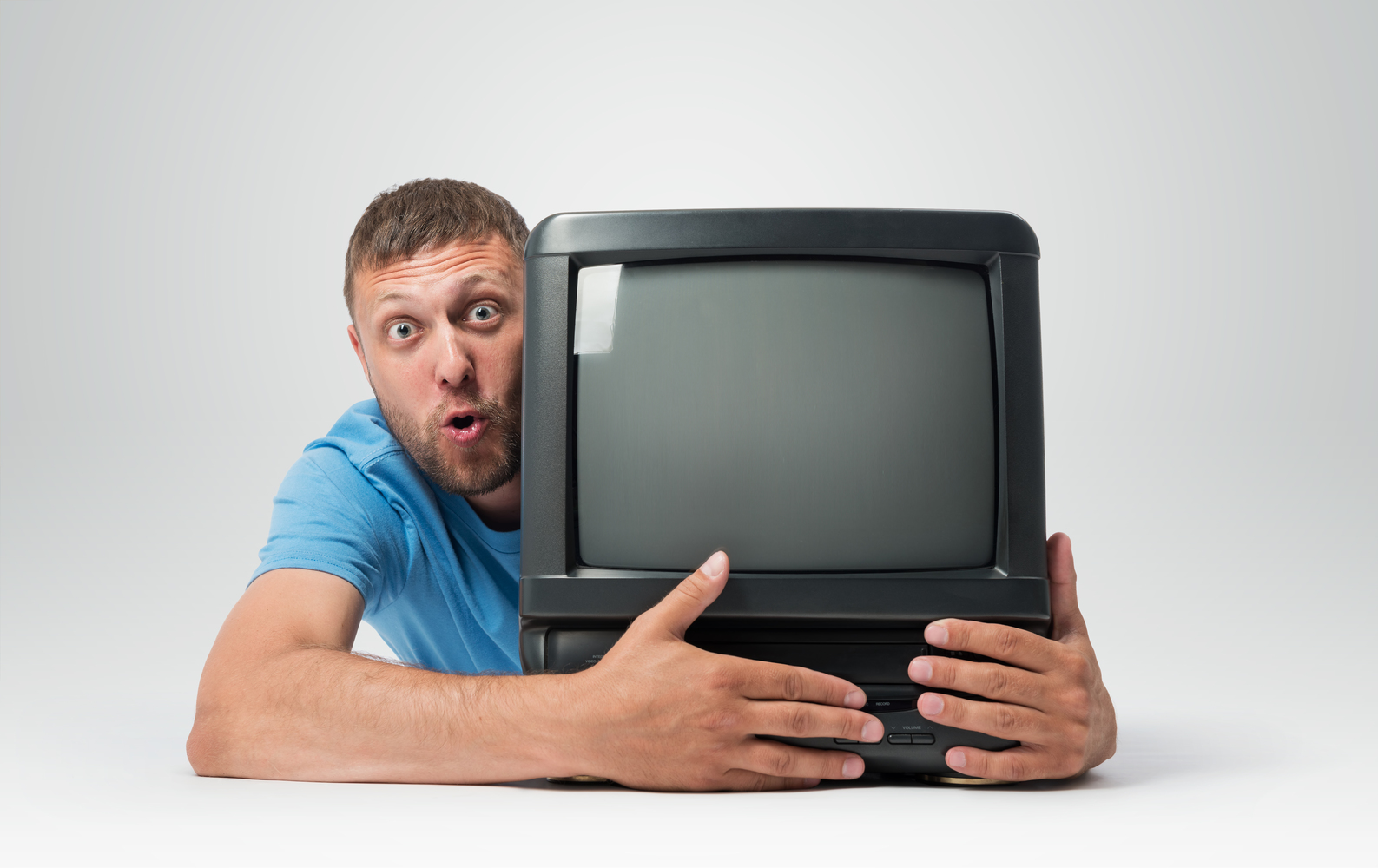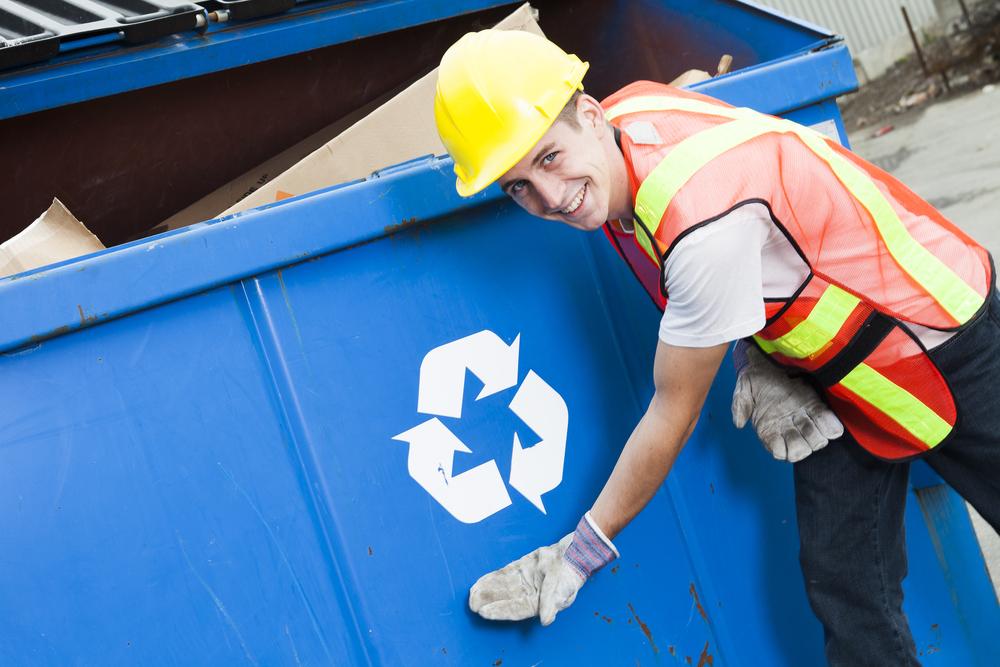Comprehensive Guide to Recycling Televisions
Learn how to responsibly recycle televisions and large electronics to help protect the environment. Discover steps for safe disposal, free recycling options, and tips to extend device lifespan. Proper recycling reduces hazardous waste and conserves valuable resources, making a positive impact on our planet. This guide emphasizes consumer roles and potential benefits like tax deductions, encouraging eco-friendly habits and responsible e-waste management.
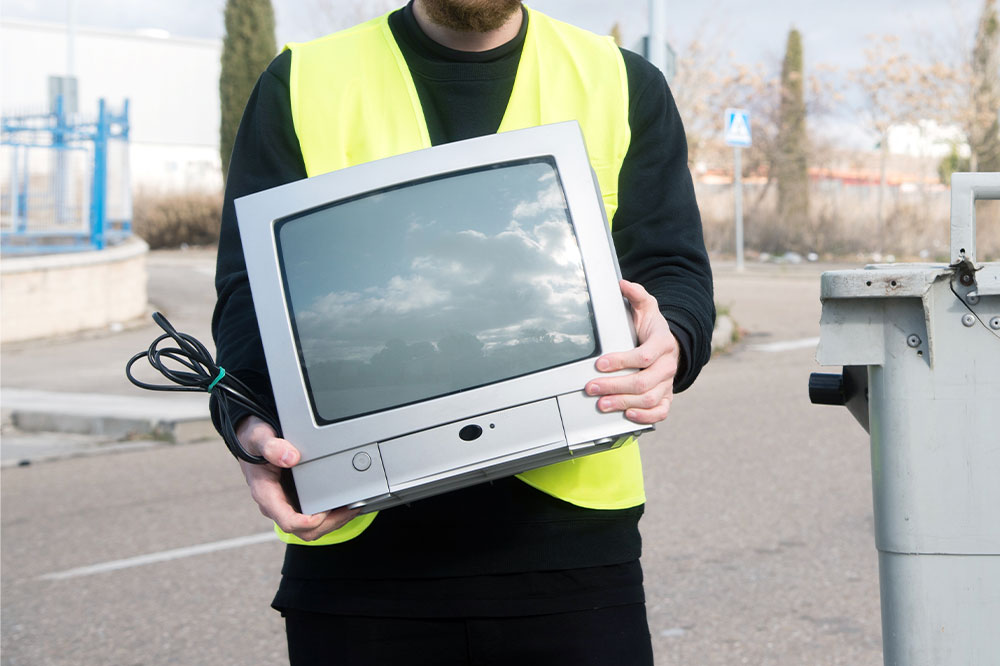
Understanding Electronic Waste Recycling: Focus on Televisions
Recycling electronic devices helps recover valuable materials like plastics, gold, copper, aluminum, and steel. These recovered materials can be reused in manufacturing new electronics. According to EPA data, one million disposed cell phones can yield approximately 20 lbs. of palladium, 20,000 lbs. of copper, 50 lbs. of gold, and 550 lbs. of silver. Although small electronics such as USB drives and smartphones make up most e-waste, larger devices like TVs and computers also contribute significantly.
EPA reports indicate that large electronics accounted for around 28% of global e-waste in 2014. Electronic waste is a major component of municipal waste, with nearly all of it recyclable. Proper recycling benefits the environment, yet only about 15–20% of e-waste is recycled—most land in landfills, risking harm to ecosystems and humans. Despite representing a small fraction of municipal waste, discarded TVs contain about 70% of hazardous materials buried in landfills.
Your Role in TV Recycling
While smaller electronics like smartphones make up much of e-waste, large devices like TVs contribute a significant portion and have increased by roughly 20% since 2015. Consumers often replace old electronics with new ones, stressing the environment during production and disposal. As a user, you can reduce this impact by delaying purchases, repairing instead of discarding devices, or reselling old electronics to extend their lifespan.
Proper Ways to Recycle Large Electronics
Ensure the TV is handled safely for transport to recycling facilities. Damaged units may release toxic substances harmful to humans and the environment. First, check if the TV still functions; if so, consider donating it to charities or organizations in need. You may also trade in your old TV for store credits—many recycling centers accept electronics free of charge, but always verify any potential fees based on size or type. Recycling not only benefits the planet but can also offer tax advantages.
Items Usually Recycled at No Cost
When recycling TVs, other accessories like cables, remotes, DVD players, media players, and connectors can often be recycled for free. Smaller TVs—under 32 inches—or flat-panel models less than 50 inches may incur some fees for recycling. Professional recycling centers handle large electronics containing hazardous substances like mercury, and they collect fees to ensure safe disposal.
Preparation Steps Before Recycling
Proper recycling is eco-friendly but requires careful preparation. Before dropping off your TV at a recycling facility, delete all personal data from connected devices and storage media. Remove batteries separately for recycling at designated centers to ensure safety and privacy.

